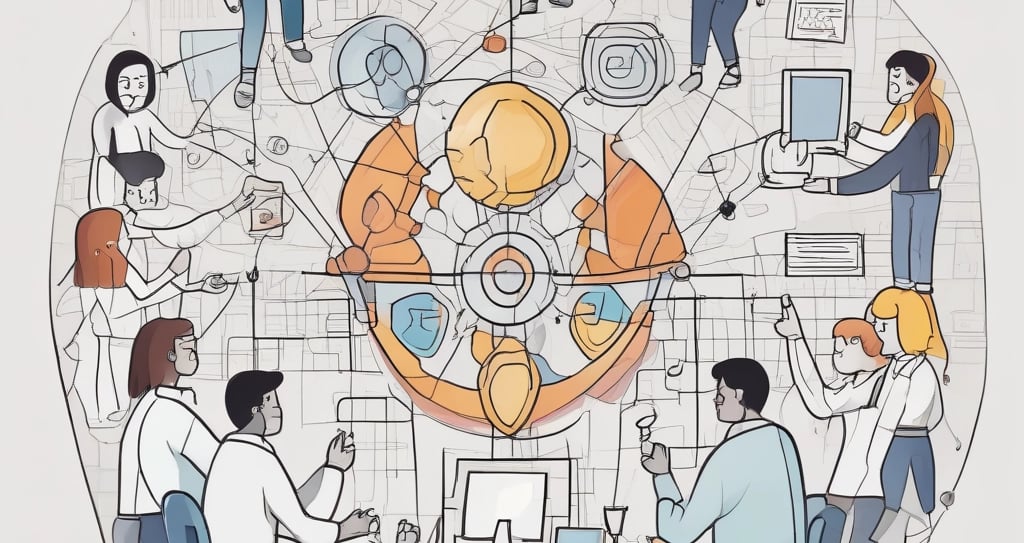Communications IS Fundraising
Why Your Messaging Strategy Should March in Step With Your Mission—and Your Money
Holly Kobia
5/20/20252 min read


Let’s be clear: fundraising isn’t just about asking for money. It’s about connection. It’s about curiosity. And most importantly, it’s about communication and storytelling.
I say this as someone who spent years as a journalist and reporter/anchor before leading major fundraising teams. My background in communications is my superpower. It’s what’s helped me raise record-breaking gifts, coach nonprofit leaders, and build trust with donors of all kinds. And yet—far too often—I see communications treated like an afterthought in fundraising strategy.
Worse, I still see nonprofit teams working in silos. Development stays in its lane. Marketing focuses on email and social media. Program leads deliver impact. But if your nonprofit is serious about building strong relationships and raising serious dollars, that model is outdated—and ineffective.
Good Fundraisers Are Great Communicators
At their best, fundraisers are exceptional interviewers. They don’t dominate conversations with pitch decks or jargon. They listen. They ask great questions. They create space for people to talk about what matters most to them. They don’t just connect dots—they connect hearts.
That’s not just a talent—it’s a communications skill. One that every nonprofit leader should value, invest in, and practice.
So if you’re leading a fundraising program (or leading a nonprofit at all), and you’re always in “pitch mode”—explaining the mission, the programs, the budget—without pausing to ask about the donor, you’re missing the moment. You’re missing them.
Your Communications Team Is Your Fundraising Team
Every email, every story, every caption, every quote, every graphic—those are all fundraising tools. They shape perception, build understanding, and spark action. That’s why a robust communications and marketing strategy must be in lockstep with your funding priorities.
If your development team is pushing for more major gifts or launching a new campaign, your communications professionals should know about it. They should help shape the story and create the connective tissue between mission, message, and money.
When communications and development are aligned, donors feel it. The story is clear. The tone is consistent. And the impact is unmistakable.
Four Ways to Align Messaging With Fundraising
1. Stop Siloing. Start Collaborating.
Invite your communications professionals into fundraising planning meetings. Encourage your fundraisers to share donor insights and stories. You’re telling the same story—so work from the same script.
2. Tell the Full Story Across All Channels.
Use your platforms to highlight not just your programs, but your people—donors, volunteers, staff, and partners. Human stories resonate. Real voices build credibility.
3. Build a Feedback Loop.
Check in regularly across teams:
What’s working in donor conversations?
What’s falling flat?
What stories do supporters want more of?
Your messaging strategy should evolve in real time alongside your fundraising strategy.
4. Aim for Harmony, Not Hype.
Donors don’t need flashy—they need clarity. Consistency across your fundraising appeals, social media posts, and events builds trust. And trust drives giving.
The Bottom Line
Communications and fundraising aren’t two separate functions. They are two sides of the same coin. And when they work in harmony, that coin is a whole lot more valuable.
Communications is fundraising. And for those of us willing to embrace that truth, it’s a superpower worth leaning into!
